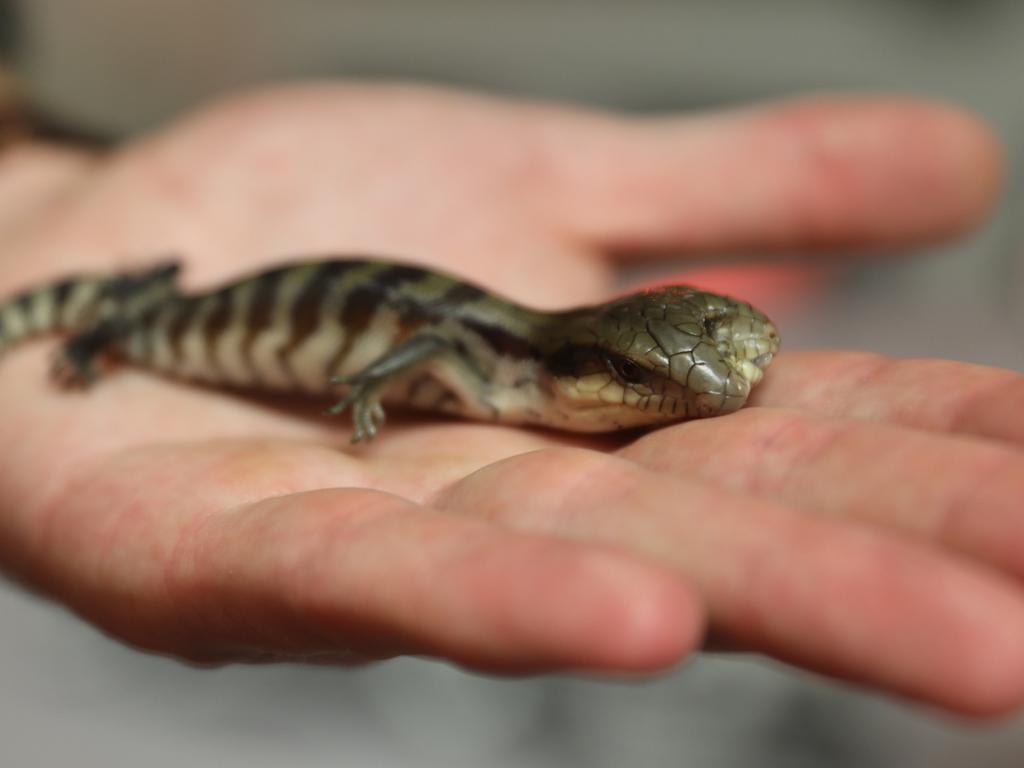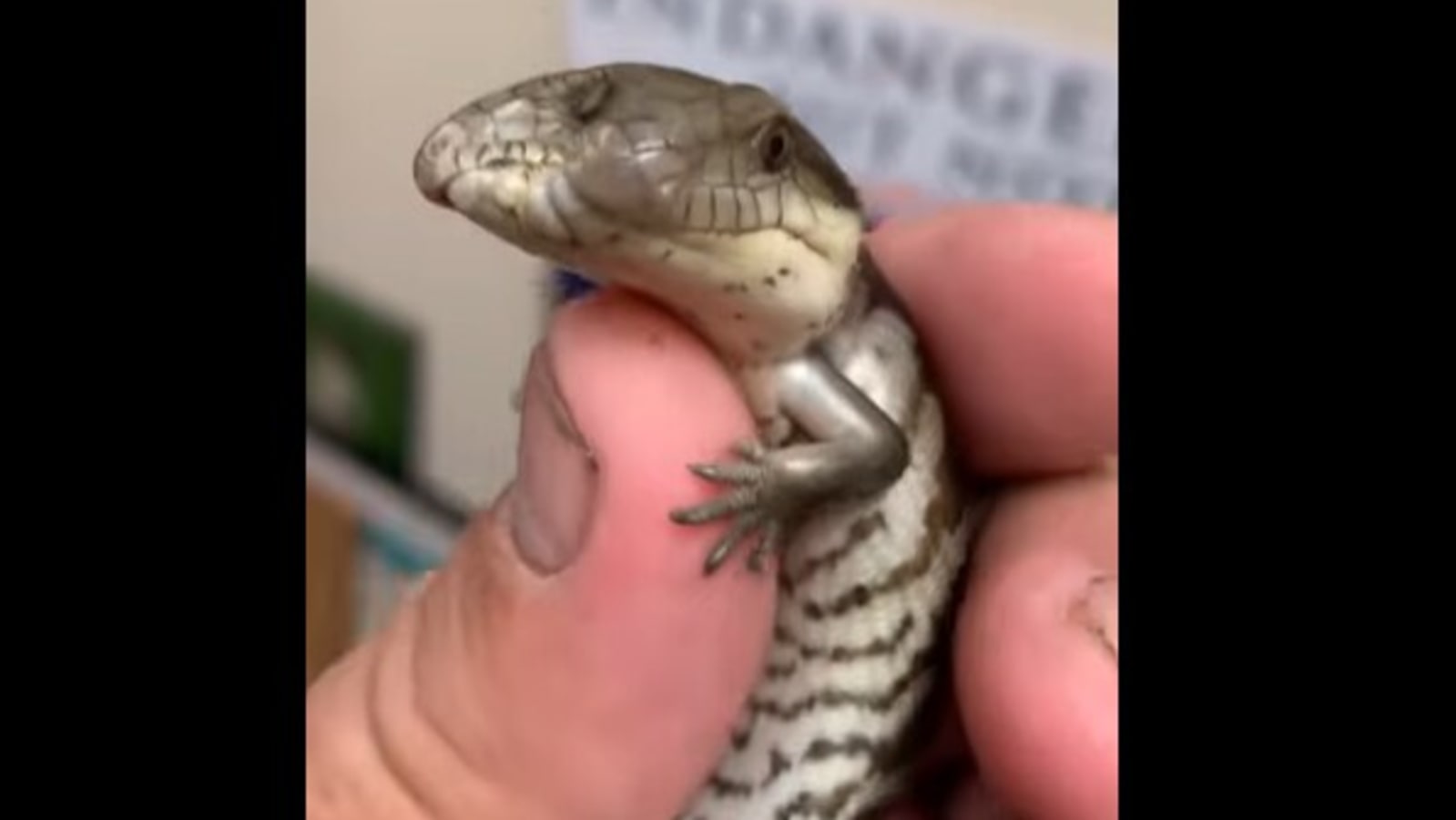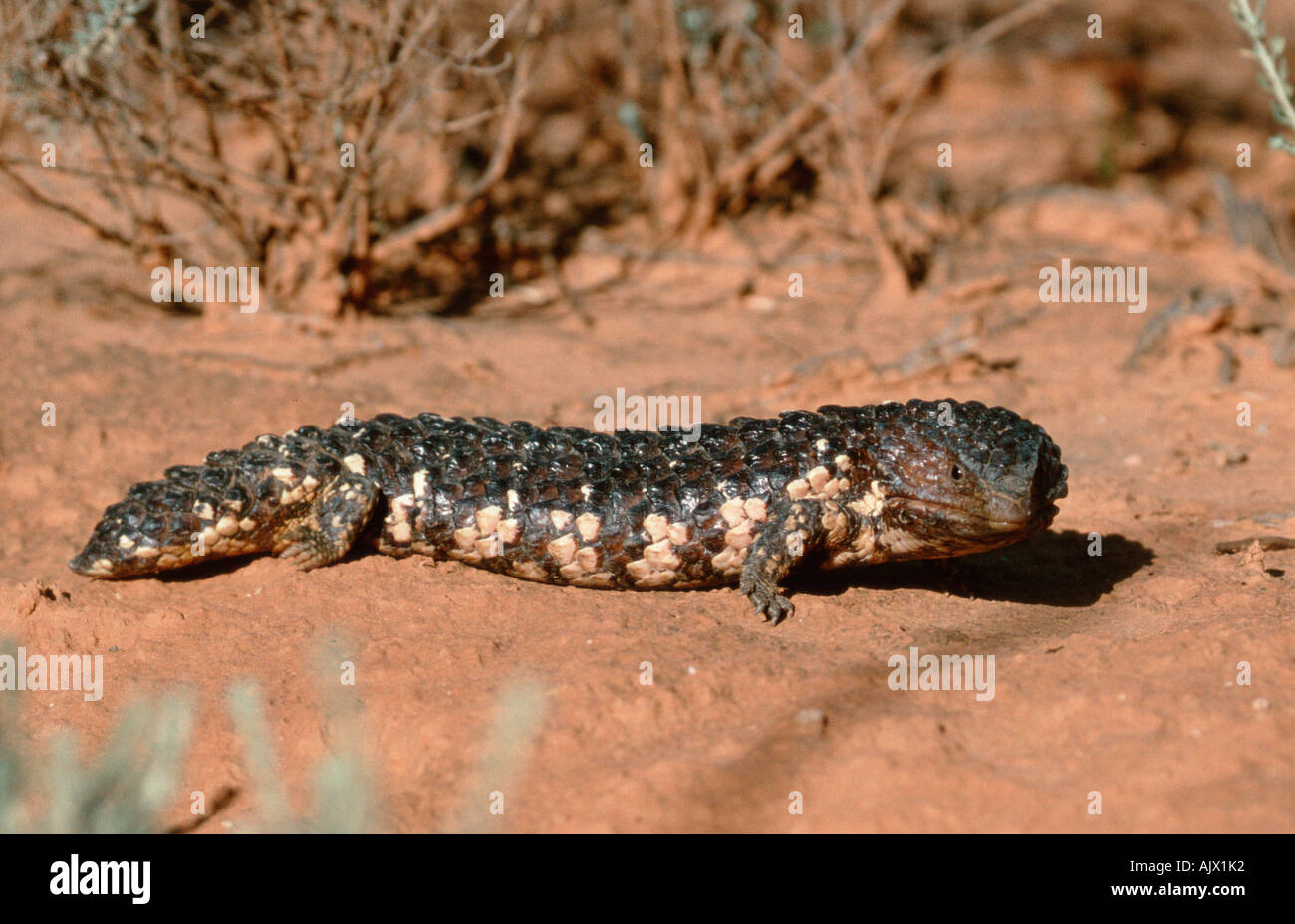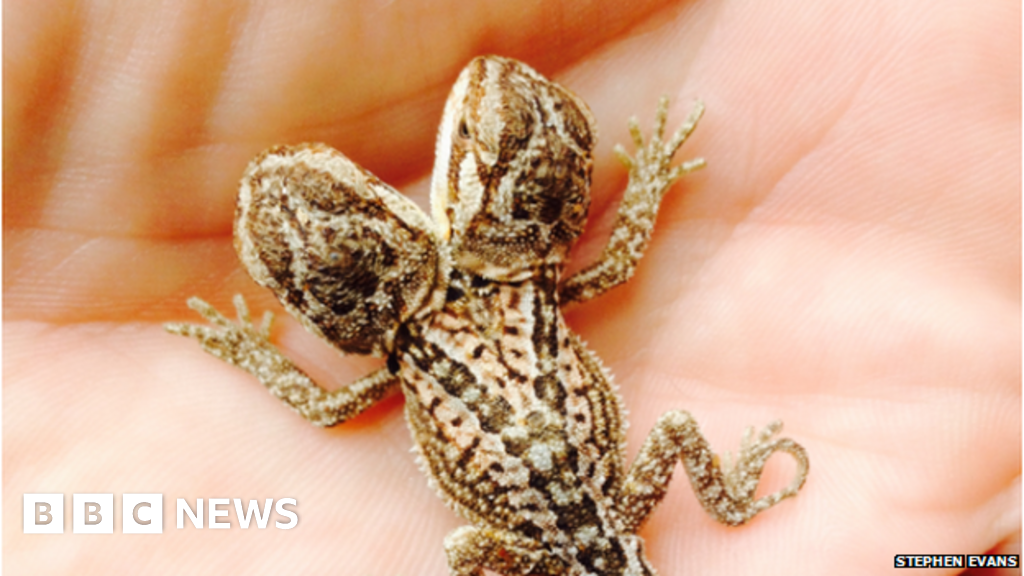
Two headed lizard handed in to Australian Reptile Park Daily Telegraph
Two-headed animals - lizards Two-headed animals - interesting facts. In heraldry, the image of a two-headed eagle appears quite often. This figure was seen, among others in the coat of arms of the Russian Empire, in the coat of arms of the Serbian Nemanicz dynasty, in the coat of arms and on the flag of the Holy Roman Empire (later Holy.

Incredible video shows extremely rare bluetongued lizard with two heads at an Australian
A two-headed blue tongue lizard is displayed at the Australian Museum in Sydney on Jan. 17, 2001. The lizard, which was discovered in a backyard in New South Wales, has one eye on the far.

Watch this viral video of a rare lizard with two heads and a blue tongue
A Lizard with Two Heads! The tail and head of the shingleback share a similar appearance which may help to distract predators which go to attack them. These animals are known by a wide range of names many of which are inspired by this 'double headed' appearance such as the double-headed lizard, stump-tail skink and bobtail.

TwoHeaded lizard gets a new home
Amphisbaena in an illustration from the Aberdeen Bestiary (c. 1200) Amphisbaena. The amphisbaena (/ ˌ æ m f ɪ s ˈ b ɛ ɪ n ə /, / ˌ æ m f ɪ s ˈ b aɪ n ə /, or / ˌ æ m f ɪ s ˈ b iː n ə /, plural: amphisbaenae; Ancient Greek: ἀμφίσβαινα) is a mythological, ant-eating serpent with a head at each end. The creature is alternatively called the amphisbaina, amphisbene.

Lizard Two headed skink — Stock Photo © James633 41036317
1. Two Headed Bobtail Lizard Source In 2010 this two headed bobtail lizard, or shingleback skink was discovered in Australia. An interesting thing about this lizard however, is that apparently the two heads greatly dislike each other. The bigger head often tries to attack the smaller one.

Rare twoheaded blue tongued lizard at Australia Reptile Park
What Causes Polycephaly? The process that creates monozygotic (identical) twins can sometimes result in two heads or two conjoined bodies. When twins form in the uterus, the embryo splits into two identical halves. This leads to identical twins. They're identical because they're two halves of one zygote.

TwoHeaded lizard gets a new home
spotted racerunner ( Cnemidophorus sacki) Most lizards are quadrupedal and have a powerful limb musculature. They are capable of rapid acceleration and can rapidly change direction.

Twoheaded Lizard / Stumptailed Skink / Tannenzapfenechse / Stutzechse Stock Photo Alamy
Two heads are better than one-especially for this hungry bearded dragon! A reptile seller in China shared a video on Facebook featuring the double-domed liza.

Twoheaded Lizard / Stumptailed Skink / Tannenzapfenechse Stock Photo 8469233 Alamy
This double-noggin phenomenon occurs when an embryo is damaged and some body parts develop twice. Buffetaut and his colleagues uncovered the remains [image] in the Yixian Formation in northeastern.

TwoHeaded lizard gets a new home
Stumpy-tailed Lizard; Boggi; Sleepy Lizard, Bobtail Lizard, Two-headed Lizard and Pinecone Lizard Updated 19/11/20; Read time 2 minutes; Share this page: Share on Facebook; Share on Twitter; Share on Linkedin; Share via Email; Print this page; Click to enlarge image Toggle Caption.

Twoheaded bearded lizard surprise for Wirral breeders BBC News
Space Mind Humans Black Friday Sale Life Two-headed lizard spied in a fossil 20 December 2006 The tiny creature is the earliest recorded example of an axial bifurcation malformation. It did not.

two headed lizard looks like it has 2 heads john daly Flickr
The Rarity of Two-Headed Lizards Two-headed bearded dragons, like Olaf, are extremely rare. There have only been three or four reported cases of bearded dragons being born with two heads. It is a fascinating anomaly that captures the attention of reptile enthusiasts around the world.

Two Headed Animals
Two-headed animals (called bicephalic or dicephalic) and three-headed (tricephalic) animals are the only type of multi-headed creatures seen in the real world, and form by the same process as conjoined twins from monozygotic twin embryos. [citation needed]

TwoHeaded lizard gets a new home
Depending on where you are in Australia, the species known as Tiliqua rugosa might be called by any one of its colorful common names: shingleback, bobtail, two-headed lizard, boggi, stumpy-tailed lizard, pinecone lizard, and, of course, the sleepy lizard. These lizards are actually a type of skink, related to Australia's other blue-tongued skinks.

Mutant Two Headed Gecko Found!!! YouTube
Apart from bobtail and shingleback, a variety of other common names are used in different states, including two-headed skink, [4] stumpy lizard, [5] stumpy-tailed skink, bogeye or boggi, [6] pinecone lizard. [7] The Noongar Aboriginal people refer to rugosa as yoorn in their language. [8]

TwoHeaded Animals 16 Astoundingly Authentic Photos
Abstract. The skinks are the most widespread of the lizards. The bobtail is a large (generally up to 500 g), live-bearing skink found in almost all of the southern half of Australia. Due to its short, fat tail, it has also been called the two-headed lizard, but is also referred to as the sleepy, stump tail, shingle-back or pine-cone lizard.